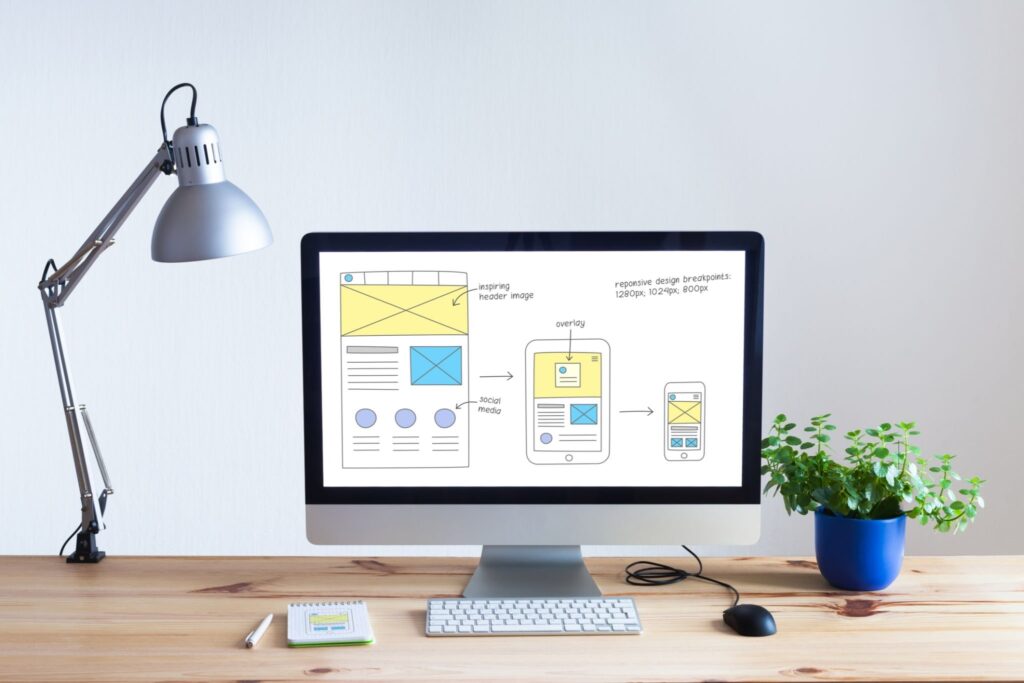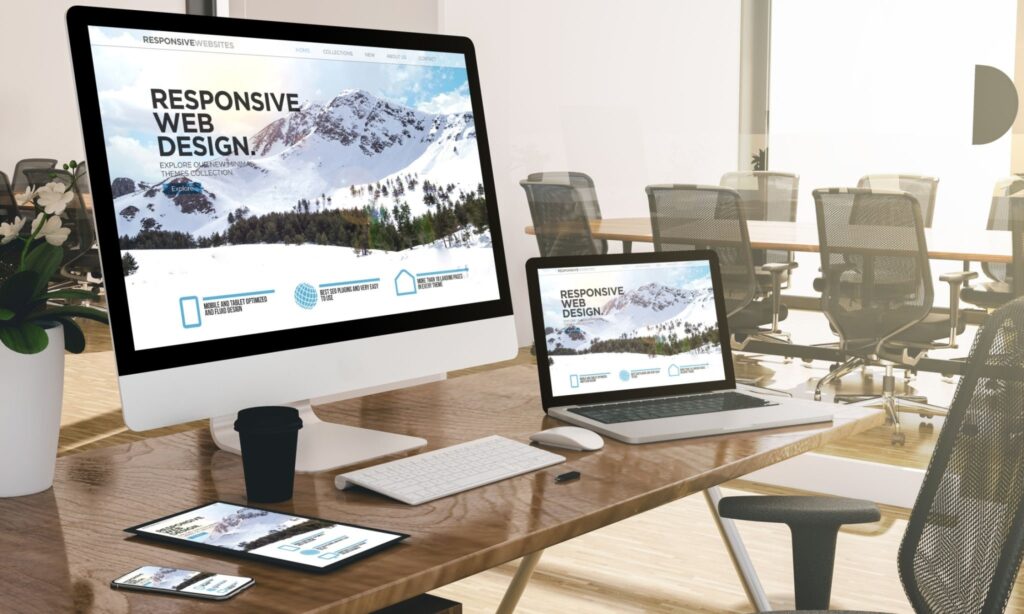EXCEPTIONAL WEBSITE DEVELOPMENT DESIGNED TO DELIVER
BESPOKE WEBSITE DESIGN
Grow your brand reputation and revenue with a unique website experience
NURTURE YOUR BRAND ONLINE
Showcase your business unique identity
OFFER AN EXPERIENCES
Your guests' journey begins online. Get prepared
GROW YOUR MARKET SHARE
Lead your competition
MAXIMISE YOUR CONVERSIONS
Tangible Sales of Intangible Services
- MAXIMISE YOUR ONLINE REVENUE
GROWTH DRIVEN DESIGN


- MAKE A LASTING IMPRESSION
LUXURY BRANDING
- FUTURE-PROOF YOUR BRAND
PERFECTION ON ANY PLATFORM


- STAY AHEAD OF THE CURVE
A GUIDE TO ENGAGEMENT
Frequently Asked Questions
Website design is the process of creating the visual appearance and layout of a website. It involves the use of various design elements such as layout, colors, graphics, fonts, and images to create an aesthetically pleasing and user-friendly website.
Website design is important because it greatly influences how visitors perceive a website and, consequently, the business or organization it represents. A well-designed website enhances user experience, fosters credibility, and helps in achieving specific business goals.
Responsive design is an approach to web design that makes web pages render well on a variety of devices and window or screen sizes. This ensures that users have a good experience regardless of the device they use to access the website, such as desktops, laptops, tablets, or smartphones.
UX (User Experience) design focuses on the overall experience a user has with a product, including how easy it is to use, efficiency, and overall satisfaction. UI (User Interface) design, on the other hand, is more concerned with the visual and interactive elements, such as buttons, icons, and other graphical elements that users interact with.
Key elements include a clear and logical navigation system, consistent and appealing visual design, effective use of typography, high-quality imagery, and a responsive layout. Accessibility and usability are also crucial considerations.
Colors play a significant role in setting the tone and mood of a website. They can convey brand identity, evoke emotions, and guide users’ attention. It’s important to choose a color scheme that aligns with the brand and enhances the overall user experience.
SEO involves various practices to improve a website’s visibility on search engines. This includes optimizing content, using relevant keywords, creating a sitemap, ensuring proper URL structure, and focusing on a mobile-friendly design.
Page load speed is crucial for user experience and SEO. Slow-loading pages can lead to high bounce rates, where users leave the site quickly. Optimizing images, using efficient coding practices, and leveraging content delivery networks (CDNs) are common strategies to improve page load speed.
Designing for accessibility involves ensuring that people with disabilities can perceive, understand, navigate, and interact with a website. This includes providing alternative text for images, using proper heading structures, and ensuring keyboard accessibility.
CONTACT US
Use the form below to contact us. We look forward to learning more about you, your organization, and how we can help you achieve even greater success.
